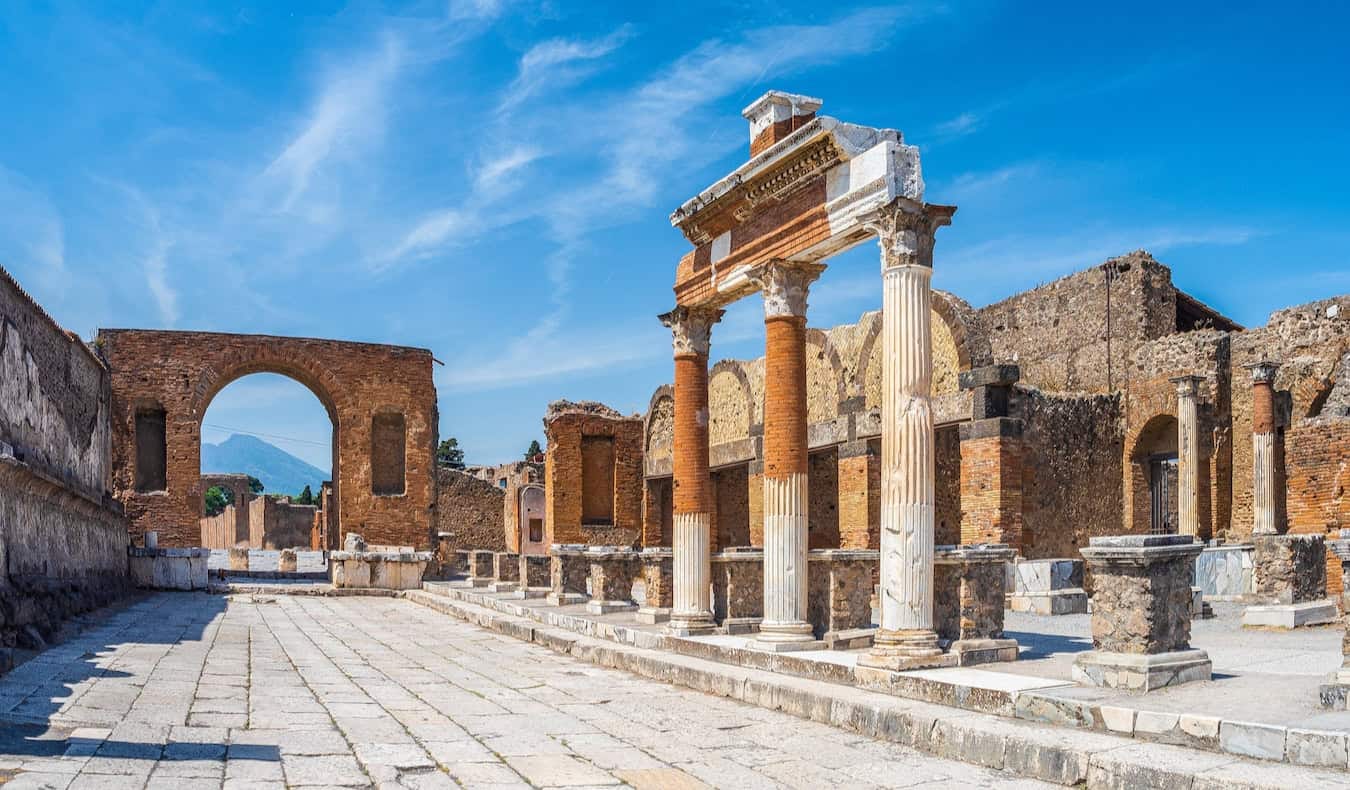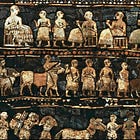Pompeii continues to surprise and yet another historical poll
From the Editor
From the Editor
Archaeology never ceases to amaze. Just when we think that an archaeological site has been exhausted, out of nowhere, something else surprises us. And this was the exact case when I read last week’s article reported by Archaeology News.
Archaeologists have unearthed new evidence that Pompeii, the ancient Roman city that was buried when Mount Vesuvius erupted in 79 CE, was reoccupied for centuries following the disaster…
It wasn’t uncommon for ancient sites to be reoccupied on a new settlement layer above an older destroyed or abandoned one. In fact, it was quite normal. One of the most notable sites with multiple settlement layers which I regularly discuss is Troy. Megiddo is another great example. And like I mentioned, there are many more.
What I find most interesting about Pompeii though, is the fact that we have been excavating the site since at least the 1920’s and only now we are finding reports claiming that “hey, by the way, other settlements occupied the site above the Vesuvian destruction.” I would have thought that these details would have been sorted out in the earliest days of excavation. Although it would seem that this reoccupation started to occur immediately after destruction as survivors returned to take over the now abandoned (and buried) buildings.
Some of the survivors who could not start anew elsewhere returned to the destroyed city. They were later joined by newcomers—many of low social standing—lured by the opportunity to occupy abandoned villas or search for valuables buried under the ash.
Excavations suggest that people initially occupied the upper floors of buildings jutting out over the ash, with lower buried floors being repurposed to serve as cellars. The large vaulted spaces in the earlier horrea (warehouses) were subdivided into small rooms, ovens were built for bread baking, and staircases were constructed to access upper windows.
Maybe such fine details were not so easily identifiable by archaeology over a century ago. Either way, it is an amazing find. It also shows the need for survival and trying to find a place to call home.
The best part of the archaeological work conducted at Pompeii is that only two-thirds of the site has been excavated. This leaves us with one-third of new surprises just waiting to be discovered! Pompeii always reminds me of the [older] site of Akrotiri on the island of Santorini (Thera) as it met a similar fate and archaeologists continue to dig the site out of ash and debris.
What makes Pompeii more fascinating is the fact that the city is essentially frozen in time. As we continue to clear out the debris, we see the vibrant art decorating the villas, the [fast] food vendor stands down in the streets, and just how the ancients lived their day-to-day lives. As unfortunate as it was for all those lives to have been lost or impacted by the volcano’s eruption, we know more about the ancient Roman by studying the last days of the city than we would have had Vesuvius not buried the site in pumice and ash.
Quote
The least initial deviation from the truth is multiplied later a thousandfold. - Aristotle
Poll Question
Last Week’s Poll Answer
The question was: In 1922, excited explorers discovered the tomb of which famous ancient Egyptian ruler?
And was featured in the editorial newsletter:
The correct answer is Tutankhamun, which most of you selected. The Pharaoh’s tomb was discoovered in November 1922, by Howard Carter (with the financial backing of Lord Carnarvon) in the Valley of the Kings in Egypt.





I've been to Pompeii twice; fascinating.
That Aristotle quote is excellent! I'm writing that one down.